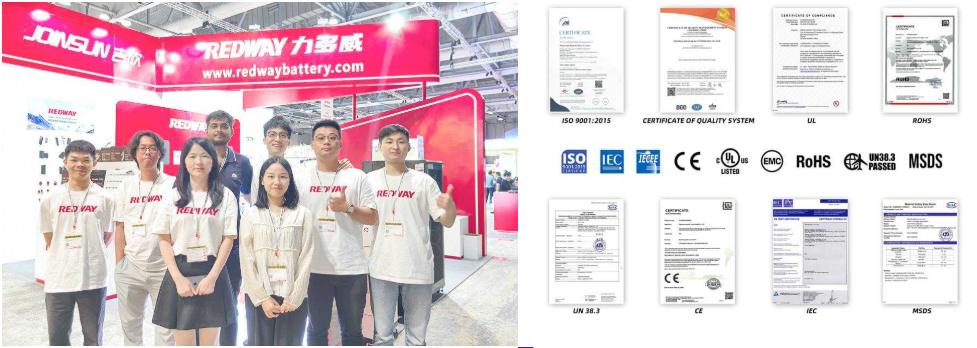Optimizing the charging process for lead acid batteries is crucial for maximizing their lifespan and performance. Key practices include using the right equipment, following best charging techniques, and avoiding common mistakes that can lead to damage or reduced efficiency.
What Are Lead Acid Batteries and Their Common Uses?
Lead acid batteries are rechargeable batteries that use lead dioxide and sponge lead as electrodes, with sulfuric acid as the electrolyte. They are widely used in various applications, including:
- Automotive: Starting, lighting, and ignition (SLI) in vehicles.
- Backup Power: Uninterruptible power supplies (UPS) and emergency lighting.
- Renewable Energy: Energy storage systems in solar and wind applications.
Chart: Common Applications of Lead Acid Batteries
Wholesale lithium golf cart batteries with 10-year life? Check here.
| Application | Description |
|---|---|
| Automotive | Used in cars for starting and powering electronics |
| Backup Power | Provides emergency power during outages |
| Renewable Energy | Stores energy from solar panels or wind turbines |
What Equipment Is Needed for Charging Lead Acid Batteries?
To charge lead acid batteries effectively, you will need:
- Charger: A charger specifically designed for lead acid batteries, capable of providing the correct voltage and current.
- Multimeter: To measure voltage and ensure proper charging levels.
- Safety Gear: Gloves and goggles to protect against acid spills.
Chart: Essential Equipment for Charging
Want OEM lithium forklift batteries at wholesale prices? Check here.
| Equipment | Purpose |
|---|---|
| Charger | Provides necessary voltage and current |
| Multimeter | Measures battery voltage |
| Safety Gear | Protects user from potential hazards |
What Are the Best Practices for Charging Lead Acid Batteries?
- Use the Correct Charger: Ensure compatibility with your battery type (e.g., flooded, AGM, or gel).
- Monitor Voltage Levels: Keep track of voltage during charging; typical float voltage is around 2.25V per cell.
- Charge at Recommended Rates: Follow manufacturer guidelines on charge rates to avoid overheating.
Chart: Recommended Charging Parameters
| Battery Type | Recommended Voltage (V) | Recommended Current (A) |
|---|---|---|
| Flooded | 2.30 – 2.45 per cell | C/10 |
| AGM | 2.25 – 2.30 per cell | C/10 |
| Gel | 2.25 – 2.30 per cell | C/10 |
How Do Different Types of Lead Acid Batteries Affect Charging?
Different types of lead acid batteries have specific charging requirements:
- Flooded Batteries: Require regular maintenance, including checking electrolyte levels; they can vent gases during charging.
- AGM (Absorbent Glass Mat): Sealed and maintenance-free; require lower charging voltages.
- Gel Batteries: Sensitive to overcharging; should be charged at lower voltages than flooded batteries.
What Common Mistakes Should Be Avoided When Charging?
Avoid these common mistakes:
- Overcharging: Can lead to gassing, overheating, and damage.
- Undercharging: Failing to fully charge can cause sulfation, reducing capacity.
- Using Incorrect Chargers: Always use chargers designed specifically for lead acid chemistry.
Chart: Common Mistakes in Charging
| Mistake | Consequence |
|---|---|
| Overcharging | Gassing and potential battery damage |
| Undercharging | Sulfation leading to reduced capacity |
| Incorrect Chargers | Ineffective charging and possible hazards |
How Can You Monitor Battery Health During Charging?
Monitoring battery health is essential:
- Check Voltage Regularly: Use a multimeter to ensure the battery is charging correctly.
- Observe Temperature: Ensure the battery does not overheat during charging; excessive heat can indicate issues.
- Inspect Electrolyte Levels: For flooded batteries, check levels regularly to prevent damage.
Why Choose Redway Lithium for Wholesale Battery Needs?
Buy Wholesale Battery Tips
For OEMs looking to source reliable lead acid batteries or alternatives like lithium technology, partnering with reputable manufacturers like Redway Lithium, which has over 13 years of experience, is essential. Redway Lithium provides high-quality batteries equipped with advanced features tailored to meet specific application requirements.To make OEM orders from a reliable manufacturer like Redway Lithium:
- Assess specific battery requirements based on application needs.
- Consult with Redway Lithium regarding customization options available.
- Place your order according to agreed specifications and timelines.
Industrial News
Recent advancements in battery technology focus on improving charging efficiency and safety features in lead-acid batteries while exploring alternatives such as lithium-ion technology that offers longer lifespans and reduced environmental impact.
Redway Lithium Expert Views
“Optimizing the charging process is vital for extending the life of lead-acid batteries,” states an expert from Redway Lithium. “By following best practices, users can significantly improve performance while ensuring safety.”
FAQ Section
- What type of charger do I need for my lead acid battery?
You need a charger specifically designed for lead-acid batteries that matches your battery type (flooded, AGM, or gel). - How often should I charge my lead-acid battery?
It’s best to charge after each use or when it drops below 50% capacity to prevent sulfation. - What happens if I overcharge my lead-acid battery?
Overcharging can cause gassing, overheating, and permanent damage to the battery.





